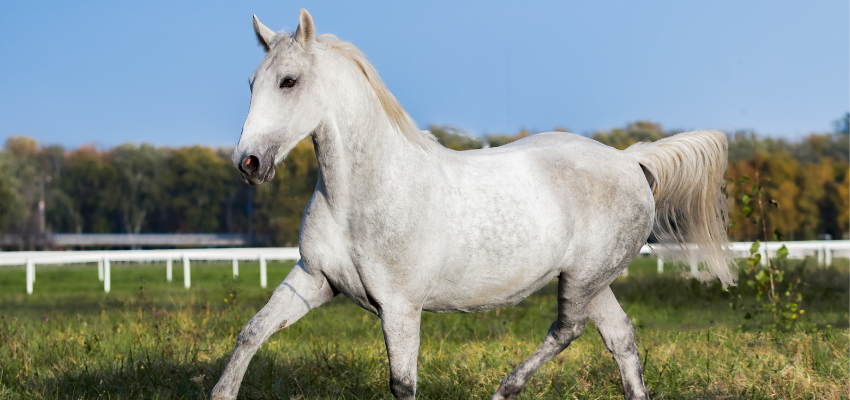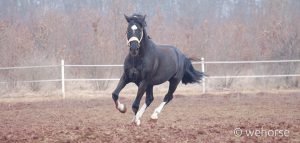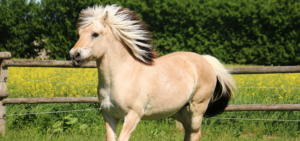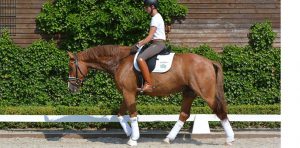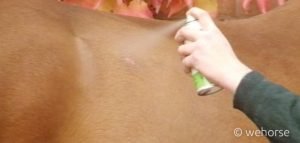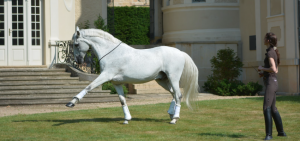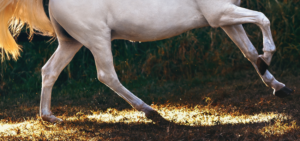The Lipizzan is one of the oldest European horse breeds, known for its graceful appearance and its talent in classical dressage, the High School. It gained worldwide fame through the Spanish Riding School in Vienna. In this article, you’ll learn all about the origin, appearance, character, age, health issues, care, price, and suitable disciplines of this horse breed. Enjoy reading!
Lipizzan at a Glance
This profile provides all the important information about the Lipizzan:
| Feature | Details |
| Height | 150 – 160 cm |
| Weight | 500 – 600 kg |
| Lifespan | 25 – 30 years |
| Coat Colors | Gray, Black, Bay, Chestnut, Dun |
| Character | Intelligent, patient, sensitive, social |
| Gaits | Walk, Trot, Canter Energetic, expressive, dynamic, springy |
| Suitable for | Classical dressage, recreational riding, carriage driving |
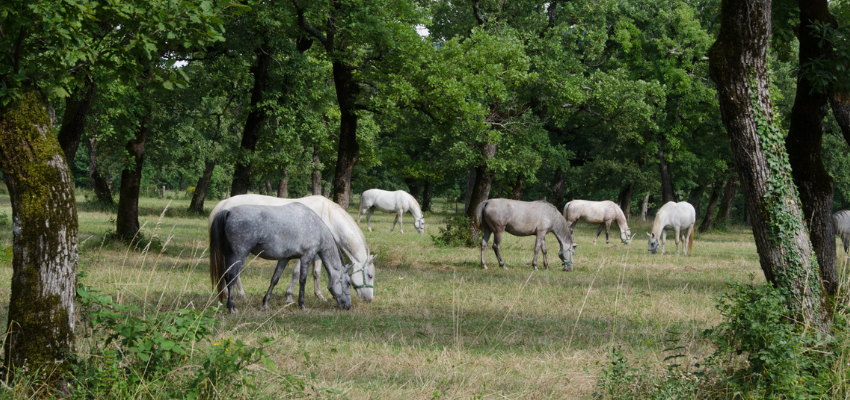
History and Origin
The origins of the Lipizzan date back to the 16th century. In 1580, Archduke Karl II of Austria founded the first Lipizzan stud in the Slovenian Lipica. The Lipizzan descended from the Karst horse, which lived in the sparse and rugged Karst region around Lipica. It was crossbred with Kladrubers, Frederiksborger, Neapolitans, Arabs, and Spanish horses.
What does a Lipizzan look like?
The appearance of a Lipizzan resembles a typical Baroque horse and is characterized by these features:
Body
The Lipizzan has a strong and compact build. It has a well-muscled back, deep, wide chest, powerful, high-set neck, and a slightly sloping, robust croup. It has an elegantly-shaped head and has a straight to slightly convex nasal line. Its large, dark eyes give it a gentle and friendly demeanor. The legs of the Lipizzan are short but strong.
Coat and Coat Color
A unique feature of this horse breed is its coat color. Over 90% of Lipizzans are gray. They are born with dark coats and lighten over the years. Typically, by the age of six to ten, they achieve their final white coat color. Apart from gray, other colors such as black, bay, chestnut, or dun are also officially recognized for breeding.
Character and Temperament
The Lipizzans are popular not just for their appearance, but also for their character and temperament. These characteristics can include:
- Intelligent: Lipizzans possess remarkable intelligence and learning capacity. These horses have a quick grasp and are capable of rapidly learning complex tasks and executing them with impressive precision.
- Patience: Lipizzans are known for their patience and ability to remain calm, even in stressful and new situations. This makes them reliable partners.
- Sensitive: Lipizzans are naturally quite sensitive. This sensitivity requires respectful, patient, and empathetic handling by the rider.
- Social: Horses of this breed are very social. They form strong bonds with their owners and can prove to be very loyal and affectionate partners.
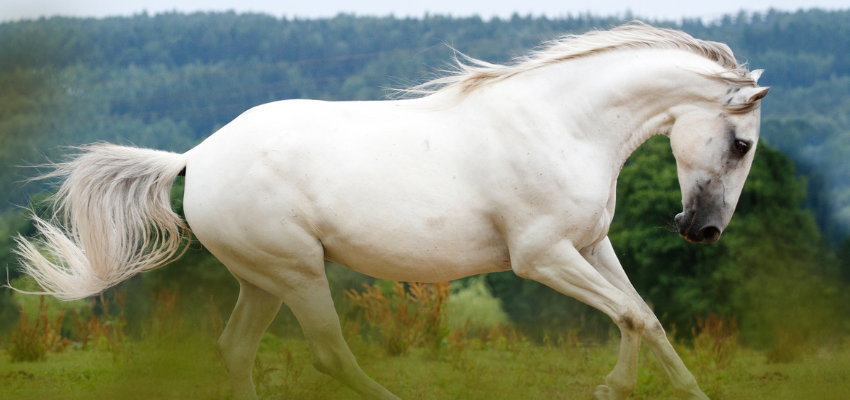
Are Lipizzans Suitable for Beginners?
Due to their sensitive and spirited nature, Lipizzans are only somewhat suitable for beginners. They require an experienced rider who understands how to interpret their behavior and handle the aforementioned traits.
How Old Does a Lipizzan Get?
The average lifespan of a Lipizzan is between 25 and 30 years.
Breed-specific Illnesses
Lipizzans are very robust and less prone to diseases. However, due to their light coat color, they are sensitive to sun exposure. This is because the skin on the lighter areas is pink, lacking pigments that normally protect against the sun. Furthermore, especially around the mouth and nostrils, where the skin is very thin, they are susceptible to sunburn.
Appropriate Care & Feeding
Proper care and feeding are essential for the well-being and health of a Lipizzan. As previously mentioned, it originates from the sparse and rugged Slovenian Karst region. This has deeply influenced the breed, making it the robust horse we know today.
Given its origins, a Lipizzan has modest requirements when it comes to care. You can keep it in an open stable with a sufficiently large shelter or in a box stall with daily several-hour outings in a large paddock or pasture. A Lipizzan is a very social and gregarious horse that needs contact with other horses. Therefore, like all other horses, you should never keep it alone.
For feeding, it’s important to consider that the Lipizzan, due to its origins, is accustomed to a sparse landscape with correspondingly little food. Consequently, the focus of feeding should ideally be on sufficient high-quality roughage. If your horse needs a concentrated feed, adjust it precisely to its energy requirements. Whether or not it requires mineral feed, as well as what type and how much it needs, can be answered by your veterinarian or a feeding consultant.
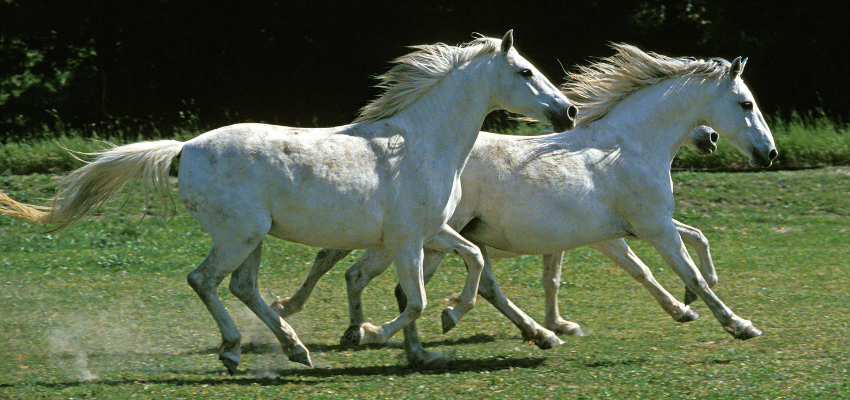
Gaits & Movements
Lipizzans have the gaits of walk, trot, and canter. They are renowned for their energetic, expressive, sweeping, and springy movements.
Which Equestrian Disciplines Are Lipizzans Suitable For?
A Lipizzan is especially suited for the high school of classical dressage. Both the school jumps and the high school lessons come relatively easily to this horse breed. Moreover, they are known for their performances at the Spanish Riding School in Vienna. Find more about classical dressage on our website. Due to their character, in addition to classical dressage, Lipizzans are also suitable for driving and recreational riding.
Are Lipizzans Rare?
During World War II, the Lipizzans were threatened with extinction. However, controlled breeding programs ensured the preservation of this horse breed. Nowadays, the population is estimated at 5,000 to 10,000 purebred Lipizzans.
How Much Does a Lipizzan Cost?
The price of a Lipizzan can vary significantly depending on several factors, such as age, lineage, training, and health status. Prices can range from $5,000 to $25,000. In addition to the purchase price, you should also consider costs for stabling, feed, insurance, farrier, and veterinarian; these expenses shouldn’t be underestimated.
Our Conclusion
The Lipizzan is a versatile horse breed suitable for a variety of equestrian disciplines. You will find in it a reliable partner, from the high art of classical dressage to recreational riding.

